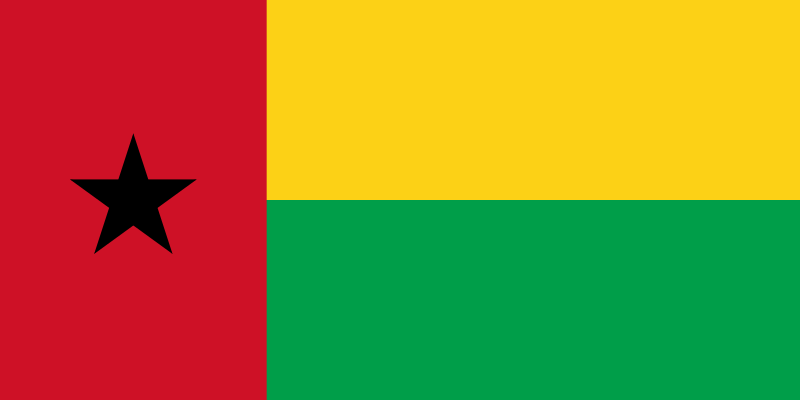Cor natural
The Natural Colour RGB (Red, Green, Blue) makes use of three solar channels: NIR1.6, VIS0.8 and VIS0.6. In this colour scheme vegetation appears greenish because of its large reflectance in the VIS0.8 channel (the green beam) compared to the NIR1.6 (red beam) and VIS0.6 (blue beam) channels. Water clouds with small droplets have large reflectance at all three channels and hence appear whitish, while snow and ice clouds appears cyan because ice strongly absorbs in NIR1.6 (no red). Bare ground appears brown because of the larger reflectance in the NIR1.6 than at VIS0.6, and the ocean appears black because of the low reflectance in all three channels.
Poeira de RGB
The Dust product is an RGB (Red, Green, Blue) composite based upon infrared channel data from the Meteosat Second Generation satellite. It is designed to monitor the evolution of dust storms during both day and night. But it is also useful for discrimination of cloud types (e.g. thin Cirrus detection) and detection of low level moisture. The Dust RGB is composed from data from a combination of the SEVIRI IR8.7, IR10.8 and IR12.0 channels.
Névoa e Nuvens Baixas de RGB
The Fog / Low Clouds product is an RGB (Red, Green, Blue) composite based upon infrared channel data from the Meteosat Second Generation satellite. It is designed and tuned to monitor the evolution of night-time fog / low stratus. Other (secondary) applications are the detection of fires, low-level moisture boundaries and cloud classification in general. It should be noted that as the product is tuned for night-time conditions, its use during day-time is very limited. The Fog / Low Clouds RGB is composed from data from a combination of the SEVIRI IR3.9, IR10.8 and IR12.0 channels
Informações combinadas de precipitação e morfológicas SEVIRI / LEO MW - MSG - 0 graus.
Instantaneous precipitation maps generated combining geostationary (GEO) IR images from operational geostationary satellites 'calibrated' by precipitation measurements from MW images on Low Earth Orbit (LEO) satellites, processed soon after each acquisition of a new image from GEO. The blending algorithm ('Rapid Update’) generates precipitation estimates combining the equivalent blackbody temperatures (TBB) at 10.8 μm with rain rates from all available Passive MW measurements. A separate treatment is performed for convective precipitation: the morphologic information and the enhancement of precipitation estimate is done by the use of NEFODINA software.
Tempestades Rápido Desenvolvido - MSG - 0 graus
Rapidly Developing Thunderstorms - Convection Warning product is a geostationary meteorological product for nowcasting applications. It is produced with the NWC-SAF Geo 2018 software package.


